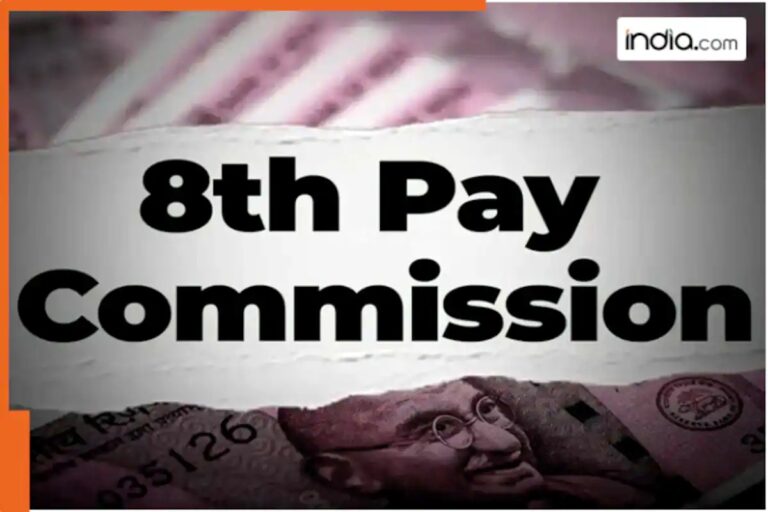
Central Government Employees Embrace Unified Pension Scheme Amid Extended Deadline
Over 31,500 central government employees have enrolled in the Unified Pension Scheme (UPS) as of July 20, 2025, with the final deadline extended to September 30, 2025. This development comes amid efforts to modernize retirement benefits under the National Pension System (NPS). The government has emphasized that UPS offers assured payouts and enhanced financial security for employees, addressing concerns about long-term pension stability. Finance Minister Nirmala Sitharaman highlighted that the scheme was introduced on April 1, 2025, as an optional choice for NPS participants, allowing them to balance flexibility with guaranteed returns. The extension of the enrollment window reflects the government’s responsiveness to employee feedback, ensuring a smoother transition to the new framework.
Eligibility and Benefits Expand for Retired Employees
The Unified Pension Scheme now includes provisions for retired central government employees, with 25,756 subscribers qualifying for additional benefits. These include retirement gratuity, death gratuity, and tax advantages under the Income Tax Act, 1961. Eligibility criteria specify that retirees who superannuated or retired under Fundamental Rules 56(j) by March 31, 2025, and completed at least 10 years of qualifying service are eligible. The government has further clarified that beneficiaries under the CCS (Pension) Rules, 2021, or CCS (Extraordinary Pension) Rules, 2023, can now access UPS benefits in case of premature death or disablement. This expansion ensures broader coverage for families of deceased or incapacitated government servants.
Government Clarifies No Expansion to Other Pension Schemes
Officials have reiterated that UPS remains a specialized option within the NPS framework, tailored specifically for central government employees. While the scheme’s benefits are being extended, the government has no immediate plans to replicate this model for other sectors or pension systems. Minister of State for Finance Pankaj Chaudhary confirmed that 31,555 employees had enrolled by July 20, with 4,978 claims processed for payouts. The extension of the enrollment deadline to September 30, 2025, underscores the administration’s commitment to minimizing disruptions for employees seeking to transition to the new pension model. This approach aims to balance fiscal responsibility with employee welfare, ensuring a seamless shift to the UPS framework.
Tax Advantages and Financial Security for Employees
The Unified Pension Scheme’s integration with the NPS framework provides tax benefits similar to those available under the Income Tax Act, 1961. Employees opting for UPS can now enjoy deductions under Section 80C, enhancing their financial planning for retirement. The government’s decision to extend these benefits aligns with broader efforts to improve pension sustainability while offering greater flexibility. Experts note that the UPS model allows employees to diversify their retirement savings, combining the security of guaranteed payouts with the investment potential of NPS. This hybrid approach addresses concerns about inflation and market volatility, ensuring employees receive stable income post-retirement. The scheme’s success will depend on its implementation, transparency, and the ability to meet the diverse needs of government employees.
Future Implications for Pension Reforms
The adoption of the Unified Pension Scheme marks a significant step in India’s pension reform journey. By extending the enrollment deadline and expanding eligibility for retired employees, the government has demonstrated its commitment to inclusive financial planning. However, challenges remain in ensuring equitable access to benefits and addressing potential gaps in the system. As the UPS framework gains traction, its long-term impact on employee satisfaction and fiscal sustainability will be closely monitored. The government’s emphasis on maintaining tax advantages and aligning with existing pension rules suggests a balanced approach to reform. For now, the focus remains on executing the scheme efficiently, ensuring that over 31,500 employees benefit from enhanced financial security in their retirement years.





